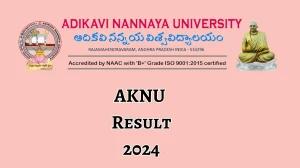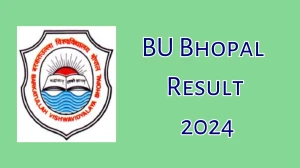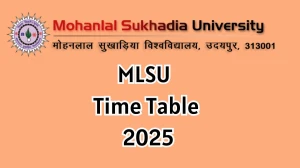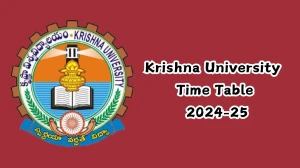- Rojgarlive »
- Education »
- CLAT Syllabus 2025 at consortiumofnlus.ac.in Check CLAT Syllabus, Exam Pattern
CLAT Syllabus 2025 at consortiumofnlus.ac.in Check CLAT Syllabus, Exam Pattern
by Keerthika
Updated May 28, 2024
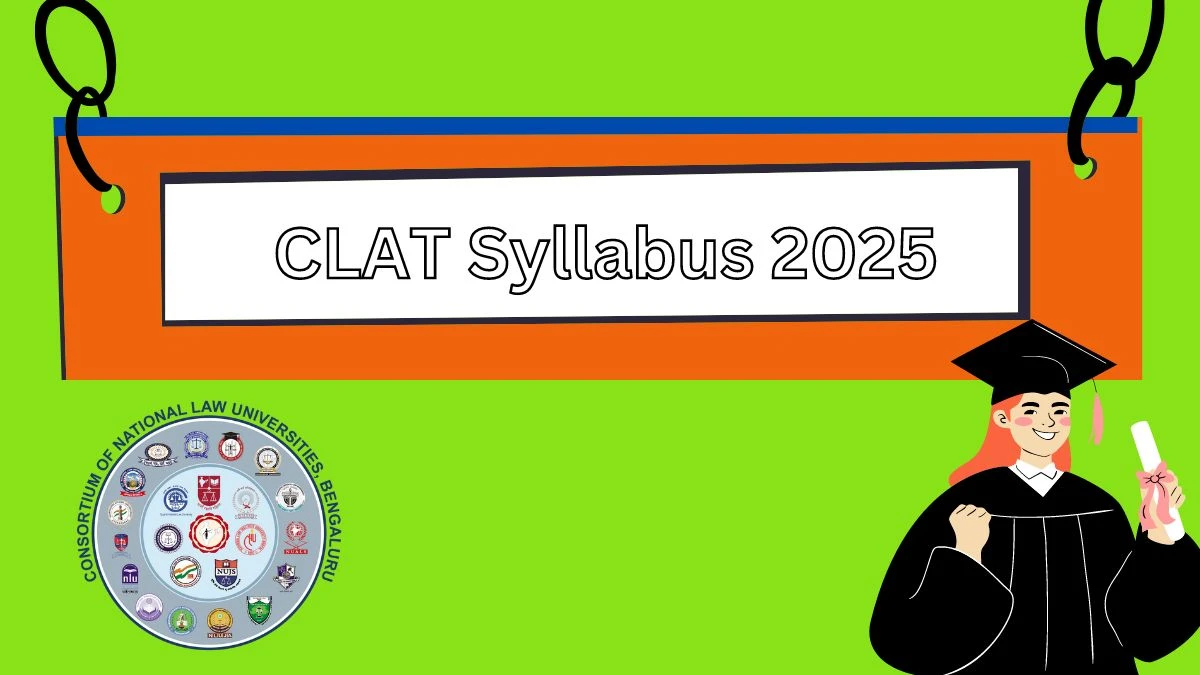
CLAT Syllabus 2025 @ consortiumofnlus.ac.in
The Consortium of National Law Universities (NLUs) has published the CLAT 2025 syllabus on its official website, consortiumofnlus.ac.in. The syllabus for CLAT 2025 comprises five subjects: General Knowledge, Current Affairs, Legal Reasoning, and Logical Reasoning. The syllabus for PG CLAT includes topics from LLB subjects. Primarily, the CLAT syllabus is designed to assess candidates' critical thinking, analytical ability, and reading and comprehension skills objectively. CLAT 2025 will consist of a total of 120 multiple-choice questions, each carrying one mark. Candidates will be allotted 2 hours to complete the exam. For comprehensive details on the CLAT syllabus 2025, including study material, preparation tips, and recommended books, refer to the full article.
Check - CLAT Syllabus 2025
English Language
In this section of the UG-CLAT 2024, you will be provided passages of about 450 words each. These passages will be derived from contemporary or historically significant fiction and non-fiction writing, and would be of a standard that a 12th standard student may be able to read in about 5-7 minutes.
Each passage will be followed by a series of questions that will require you to demonstrate your comprehension and language skills, including your abilities to:
- Read and comprehend the main point discussed in the passage, as well as any arguments and viewpoints discussed or set out in the passage;
- Draw inferences and conclusions based on the passage;
- Summarise the passage;
- Compare and contrast the different arguments or viewpoints set out in the passage; and
- Understand the meaning of various words and phrases in the context that they are used in the passage.
Current Affairs Including General Knowledge
In this section, you will be provided passages of up to 450 words each. The passages will be derived from news, journalistic sources and other non-fiction writing. The questions may include an examination of legal information or knowledge discussed in or related to the passage, but would not require any additional knowledge of the law beyond the passage.
Each passage will be followed by a series of questions that will require you to demonstrate your awareness of various aspects of current affairs and general knowledge, including:
- Contemporary events of significance from India and the world;
- Arts and culture;
- International affairs; and
- Historical events of continuing significance.
Legal Reasoning
In this section, you will be expected to read passages of around 450 words each. The passages may relate to fact situations or scenarios involving legal matters, public policy questions or moral philosophical enquiries. You will not require any prior knowledge of law to attempt the questions in this section. You will benefit from a general awareness of contemporary legal and moral issues to better apply general principles or propositions to the given fact scenarios.
Each passage would be followed by a series of questions that will require you to:
- Identify and infer the rules and principles set out in the passage;
- Apply such rules and principles to various fact situations; and
- Understand how changes to the rules or principles may alter their application to various fact situations.
Logical Reasoning
The Logical Reasoning section of the UG-CLAT 2024 will include a series of short passages of about 450 words each. Each passage will be followed by one or more questions that will require you to:
- Recognise an argument, its premises and conclusions;
- Read and identify the arguments set out in the passage;
- Critically analyse patterns of reasoning, and assess how conclusions may depend on particular premises or evidence, and how conclusions may be strengthened or weakened as a consequence of an alteration in premises or supporting facts;
- Infer what follows from the passage and apply these inferences to new situations;
- Draw relationships and analogies, identify contradictions and equivalence, and assess the effectiveness of arguments.
Quantitative Techniques
The Quantitative Techniques section of the UG-CLAT 2024 will include short sets of facts or propositions, or other textual representations of numerical information, followed by a series of questions. You will be required to derive information from the passages or questions, and apply mathematical operations on such information.
The questions will require you to:
- Derive, infer, and manipulate numerical information set out in such passages; and
- Apply various 10th standard mathematical operations on such information, including from areas such as ratios and proportions, basic algebra, mensuration and statistical estimation.
Preparing for the UG-CLAT 2024
The Consortium plans to publish various preparatory materials for the UG-CLAT 2024, including:
- Guides to the question paper and sample questions;
- Model question papers; and
- Instructional materials and exercises for each of the subjects that the UG-CLAT 2024 comprises.
The Consortium will also provide candidates who have successfully completed their application to the UG-CLAT 2024 access to a learning platform where you may access the preparatory materials described above, as well as your scores on various exercises and model question papers. The Consortium shall also organise online sessions for such candidates, in which subject experts shall provide guidance on how best to prepare for each of the sections of the UG-CLAT 2024, and how candidates may approach the questions in each section.
In addition, you should develop your capacity to read and understand bodies of text, ensure you stay abreast of news and current affairs by regularly reading quality newspapers and periodicals, and improve your speed of answering questions on quantitative techniques by practising with materials such as 10th standard mathematics textbooks.
CLAT Exam Pattern 2025 - Overview
| Category | Details |
|---|---|
|
Time duration |
2 hours |
|
Mode |
Offline mode (pen paper-based mode) |
|
Conducting Body |
Consortium of National Law Universities (CNLU) |
|
Type of questions |
Objective-type questions |
|
Number of questions |
CLAT UG - 120 questions CLAT PG - 120 questions |
|
CLAT Total marks |
120 marks (Both CLAT UG and CLAT PG) |
|
CLAT UG marking scheme |
Correct answer - 1 mark Incorrect answer - 0.25 marks deduction Un-attempted questions - No negative marking |
|
Language |
English |
CLAT Syllabus 2025? -FAQ
The duration of CLAT 2025 is two hours.
A total of 120 questions are asked in the CLAT UG exam.
